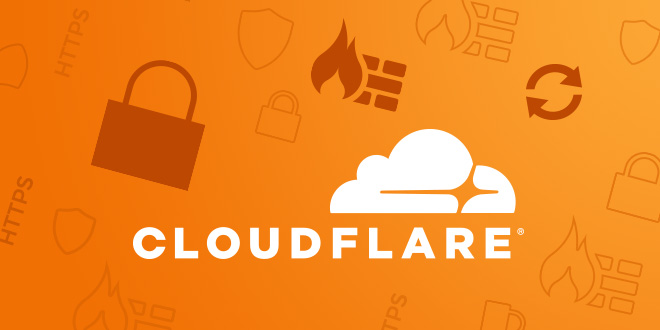If you run a website — whether it’s a personal blog, an e-commerce store, or a massive SaaS platform — you’ve probably heard of Cloudflare.
What started as a security-focused CDN (Content Delivery Network) has evolved into a powerful platform that can speed up, secure, and even host parts of your site.
Here’s why Cloudflare is one of the easiest “must-have” upgrades for your online presence.
1. What is Cloudflare?
Cloudflare sits between your visitors and your web server.
Instead of visitors connecting directly to your server’s IP, they connect to Cloudflare first. Cloudflare then:
- Caches static content (images, CSS, JS) on servers around the globe.
- Filters malicious traffic before it reaches your server.
- Optimizes delivery for faster page loads.
Think of it as a bodyguard + delivery driver for your website.
2. Key Benefits
2.1. Speed Boost with a Global CDN
Cloudflare runs a massive network of over 300+ data centers worldwide.
When a visitor accesses your site, Cloudflare serves cached content from the nearest location — dramatically reducing latency.
Example:
If your server is in Germany and someone visits from Brazil, without Cloudflare they’d have to connect all the way to Germany. With Cloudflare, the content is served from a Brazilian node in milliseconds.
2.2. Enhanced Security
Cloudflare blocks threats before they reach your server:
- DDoS Protection: Mitigates massive traffic floods automatically.
- WAF (Web Application Firewall): Stops common exploits like SQL injection and XSS.
- Bot Management: Filters harmful bots but allows legitimate crawlers like Google.
2.3. Reduced Server Load
By caching static assets and even entire pages, Cloudflare offloads work from your origin server — which means:
- Lower CPU usage
- Lower bandwidth bills
- Less risk of downtime under heavy load
2.4. Free SSL Certificates
Enabling HTTPS is no longer optional. Cloudflare offers free SSL/TLS for all domains, automatically renewing and handling the certificates — no manual setup needed.
2.5. Smart Routing & Optimization
Cloudflare’s Argo Smart Routing finds the fastest network paths, avoiding slow internet routes.
Other built-in optimizations:
- Image compression (Polish)
- On-the-fly WebP conversion
- Brotli compression for smaller file sizes
3. Real-World Example
Let’s say you run a WordPress store selling handmade crafts:
- You switch your DNS to Cloudflare.
- Suddenly, visitors from the US, EU, and Asia all experience faster load times because images are cached locally.
- A botnet tries to overwhelm your site with a DDoS attack — Cloudflare blocks it without you even noticing.
- Your server’s bandwidth usage drops by 40%, cutting your hosting bill.
4. Cost — Free vs Paid Plans
Cloudflare has a generous free tier with:
- Global CDN
- Basic DDoS protection
- Free SSL
- DNS hosting
Paid tiers ($20–$200/month) add:
- Advanced WAF rules
- Faster routing (Argo)
- Image optimization
- More analytics
For most small and medium sites, the free plan is a no-brainer.
5. Downsides & Considerations
While Cloudflare is amazing, it’s not magic:
- Dynamic content (like APIs) still comes from your origin — caching helps less here.
- You must properly configure caching rules to avoid serving stale content.
- If Cloudflare is down (rare), your site may be temporarily unreachable.
Conclusion
If you want a faster, safer, more reliable website with minimal effort, Cloudflare should be one of the first services you set up.
It’s easy to enable, works quietly in the background, and scales from tiny blogs to massive enterprise apps.
Even on the free plan, Cloudflare can:
- Speed up your site globally
- Protect it from common attacks
- Reduce your hosting costs
In today’s web, where speed and security directly affect SEO and conversions, there’s almost no reason not to use Cloudflare.
